 |
| Thanks to strategic industrial projects, Thai Nguyen has turned key products such as: Phones, electronic components, solar modules, textiles... into export "boosts". In the photo: Production of electronic components for export at Yen Binh Industrial Park. Photo: TL |
Large market, "golden" opportunity
RCEP opens up a large market and a “golden” opportunity for Thai Nguyen to improve its competitiveness and promote rapid and sustainable economic growth. With 15 member countries including ASEAN, China, Japan, South Korea, Australia and New Zealand, this agreement accounts for nearly 30% of the global population and GDP, creating conditions for Thai Nguyen enterprises to access markets with large purchasing power, high production standards and a stable trade environment.
Mr. Nguyen Van Tho, Director of the Department of Industry and Trade of Thai Nguyen province, said: Immediately after the Prime Minister approved the Agreement Implementation Plan (January 4, 2022), the Department advised the Provincial People's Committee to issue Plan No. 50/KH-UBND (March 28, 2022) clearly assigning tasks to each unit. Along with that, trade connection programs, guidance on certification of origin and investment promotion are implemented synchronously, helping businesses proactively improve products, enhance competitiveness, and make the most of incentives from RCEP.
Participation in RCEP has become a big "boost" for Thai Nguyen's key industries, especially the high-tech sector.
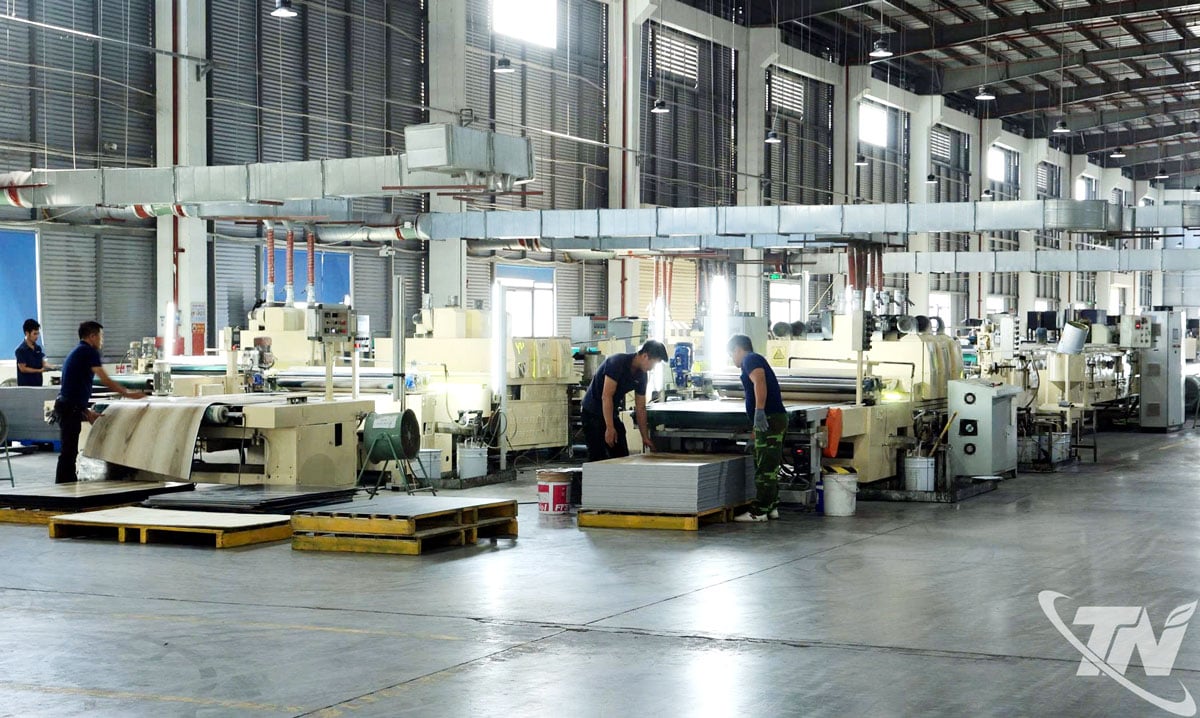 |
| The new PVC flooring factory was invested in and put into operation in Song Cong II Industrial Park, contributing to increasing the value of industrial production and export of goods in the province. |
The province has attracted many large-scale projects, creating a solid foundation for deeper participation in the global supply chain. Typical examples include the Samsung Thai Nguyen High-Tech Complex, Samsung Electro-Mechanics Vietnam, Vietnam High-end Shirt Fabric Factory, MDF Dongwha Vietnam, Hansol Vietnam, Ket Vina II Factory, and many projects on research and production of electronic components, PVC floor panels, etc.
RCEP is a free trade agreement (FTA) between 10 ASEAN countries and 5 partners: China, South Korea, Japan, Australia and New Zealand. The agreement accounts for about 30% of global GDP. Signed in November 2020 and effective from January 1, 2022, RCEP creates the world's largest free trade area and is expected to eliminate up to 90% of tariffs within 20 years among members. RCEP covers a wide range of areas including trade in goods and services, investment, intellectual property, e-commerce, and customs regulations. A key highlight of the agreement is the unification of rules of origin, which will help facilitate regional supply chains. |
Thanks to strategic industrial projects, Thai Nguyen has turned key products such as: Telephones, electronic components, solar modules and textiles into "boosts" for exports, helping to increase turnover and enhance the province's position on the regional and international economic map.
Local enterprises are increasingly proactive in participating in the global supply chain, focusing on improving management capacity, productivity and creativity in product development, thereby affirming the brand "made in Thai Nguyen" in the international market.
 |
| Workers of Vietnam Misaki Co., Ltd. (Thanh Binh Industrial Park) focus on production and completing agricultural product orders for export to the Japanese market. Photo: TL |
Mr. Ha Hung Yen, Administrative Manager of Chung Jye Bac Kan - Vietnam Shoe Manufacturing Co., Ltd., shared: The company was established on January 8, 2024 in Huyen Tung Industrial Cluster, with an investment capital of 25 million USD and a capacity of 10 million pairs of shoes per year. The factory has been put into operation, with the main consumption market in Taiwan (China) and Southeast Asian countries. This is a project that effectively utilizes tariff incentives and supply chains from RCEP member countries, helping to improve competitiveness and expand the international market.
| Benefits from the RCEP Agreement: - Many import and export items enjoy a tax rate of 0-5%, reducing export costs. - Vietnamese goods are recognized as originating to enjoy tax incentives from RCEP countries. - Direct access to 15 member countries, including ASEAN, China, Japan, Korea, Australia, New Zealand. - Facilitate the movement of raw materials, components and intermediate products between member countries. - Encourage businesses to improve quality, innovate technology, and meet international standards. |
Similarly, Ngoc Minh Production, Trade and Service Company Limited (Cam Giang Commune) has taken advantage of RCEP to connect refined wood export orders directly to China and South Korea. According to Mr. Mai Duy Toan, Director of the Company, this is an important step to help local enterprises expand their market share, contributing to bringing Thai Nguyen wood products further into the international market.
Not only strong in industry, Thai Nguyen also promotes its indigenous agricultural advantages. Typical products such as tea, vermicelli, turmeric, and apricot are gradually conquering the market in the RCEP bloc, contributing to diversifying the economy, creating a balance between modern industry and traditional agriculture, towards sustainable and harmonious development. The province is also building a strategy to promote OCOP products, promoting the standardization of production processes so that agricultural products can participate more deeply in the regional value chain.
“Leverage” for businesses
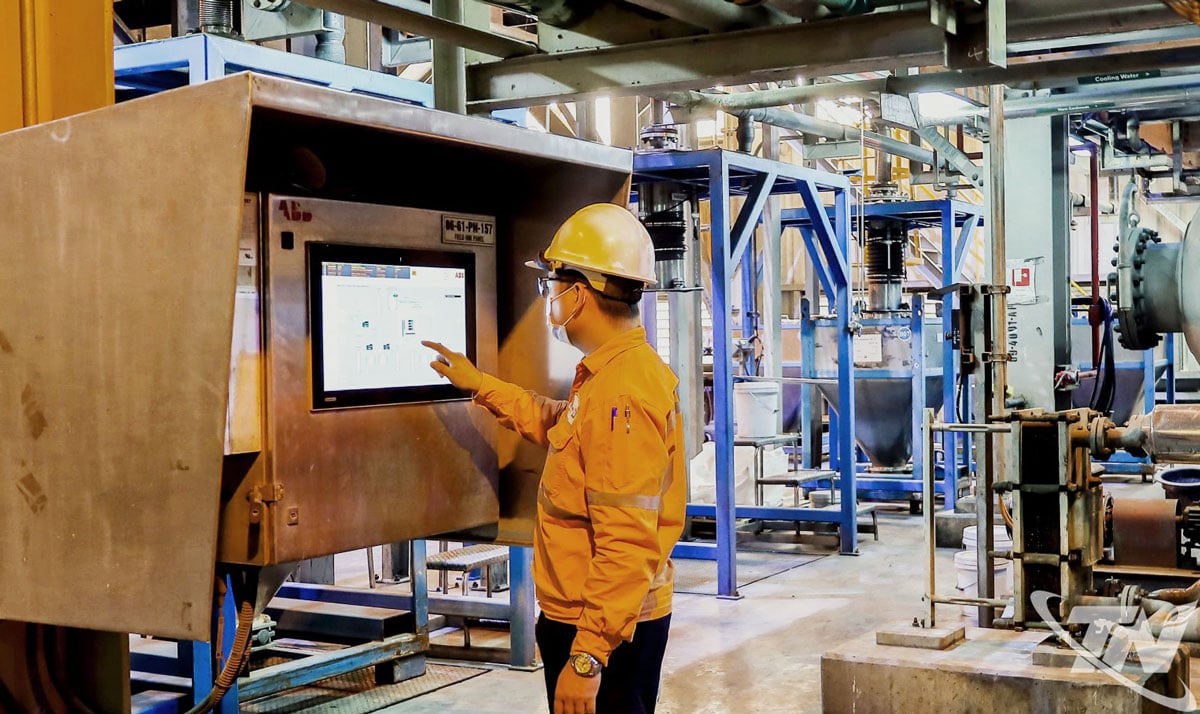 |
| Mineral processing for export is one of the strengths of Thai Nguyen province. |
Not stopping at attracting investment, Thai Nguyen province promotes administrative reform, simplifies import-export procedures, and supports businesses in accessing international market information. At the same time, training high-quality human resources, improving foreign language skills, international trade knowledge and modern production technology is being focused on, helping businesses confidently integrate and make the most of incentives from RCEP.
According to the Department of Industry and Trade of Thai Nguyen province, in the first 10 months of 2025, the total import-export value of the province is estimated at 42.6 billion USD; the export value of goods alone reached 25.9 billion USD, an increase of 7.3% over the same period in 2024.
Of which, export turnover to RCEP countries reached 5.7 billion USD, accounting for 23.4% of total export turnover, with key items such as phones, tablets, electronic components, solar modules, textiles, plastics and processed wood. In the opposite direction, imports from the RCEP region reached 13.7 billion USD, accounting for 88.4% of total import value, mainly machinery, components, supplies and raw materials for production.
Import and export situation in Thai Nguyen province in the first 10 months of 2025: - Total import-export turnover: 42.6 billion USD - Goods export: 25.9 billion USD, up 7.3% over the same period in 2024 - Exports to RCEP: 5.7 billion USD (accounting for 23.4%) Main products: Mobile phones, tablets, laptops, electronic components, solar modules, textiles, plastics, wood. - Import of goods: About 16.7 billion USD - Imports from RCEP: 13.7 billion USD (accounting for 88.4%) Main products: Machinery, electronic components, metal materials, plastic, fabric, optical products, paper packaging. |
These figures confirm Thai Nguyen’s steady progress in expanding its market, enhancing product value and integrating deeply into the regional supply chain. In particular, the steady growth over the years demonstrates the province’s ability to quickly adapt to regional economic fluctuations, especially after RCEP officially took effect.
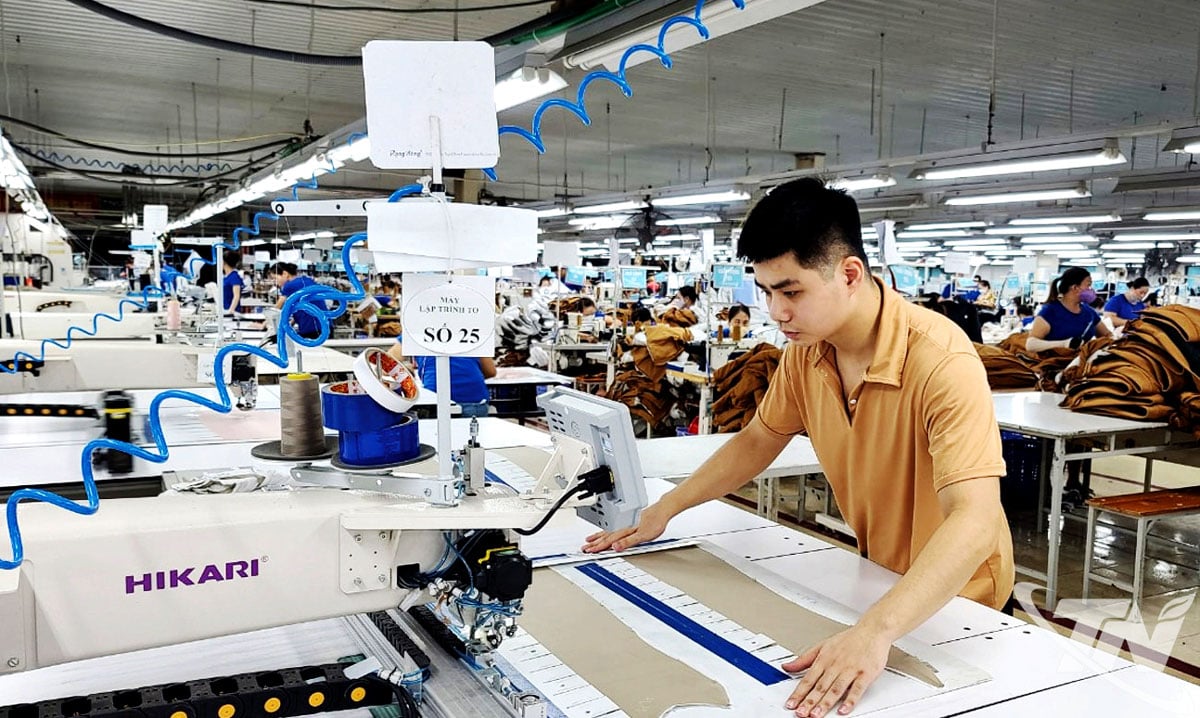 |
| Textiles and garments are one of the key export industries of Thai Nguyen province, playing an important role in trade relations with RCEP member countries. |
However, opportunities always come with challenges. Enterprises still face difficulties in technical standards, high logistics costs, limited human resources and lack of market information. To overcome these difficulties, the Department of Industry and Trade is coordinating with ministries, branches and Vietnam Trade Offices abroad to support enterprises in building brands, connecting trade, promoting investment and expanding exports.
Mr. Nguyen Ba Hai, Deputy Director of the Center for Investment Promotion and Industrial and Trade Development (Ministry of Industry and Trade), emphasized: With advantages in location, infrastructure and human resources, Thai Nguyen is becoming a bright spot in attracting international investment. We will continue to accompany and support businesses to expand their markets, especially in Japan, Korea and China - important partners in the RCEP bloc.
With the support of central agencies, local authorities and the business community, Thai Nguyen is facing a golden opportunity to break through and affirm its position as a new bright spot in international economic integration. Effectively utilizing RCEP not only helps expand export markets but also creates momentum for industry, agriculture, services and logistics infrastructure, the fundamental factors for Thai Nguyen to develop dynamically, confidently integrate deeply and steadily on the path of sustainable growth.
Source: https://baothainguyen.vn/kinh-te/202511/rcep-co-hoi-cho-xuat-khau-dbe168d/













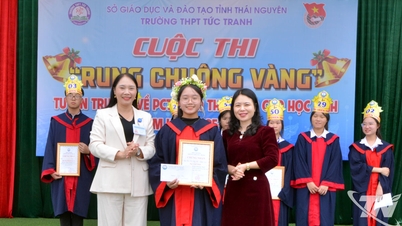



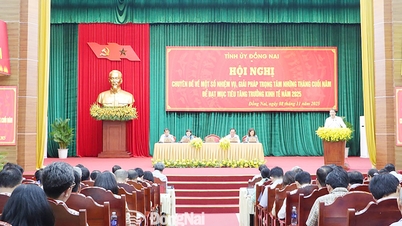

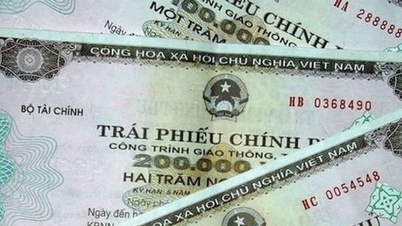



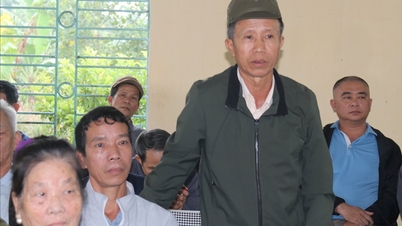

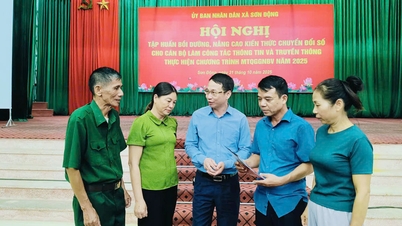










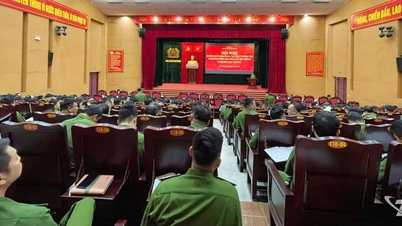


![[Photo] "Ship graveyard" on Xuan Dai Bay](https://vphoto.vietnam.vn/thumb/1200x675/vietnam/resource/IMAGE/2025/11/08/1762577162805_ndo_br_tb5-jpg.webp)



![[Video] Hue Monuments reopen to welcome visitors](https://vphoto.vietnam.vn/thumb/402x226/vietnam/resource/IMAGE/2025/11/05/1762301089171_dung01-05-43-09still013-jpg.webp)

































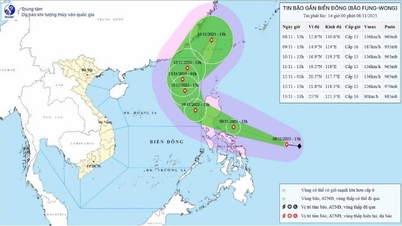









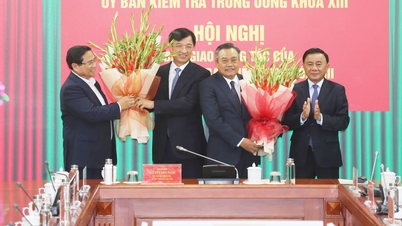

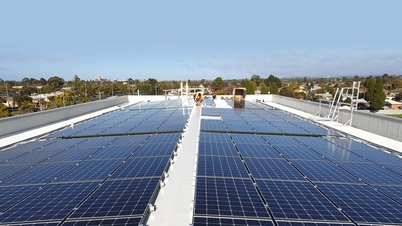




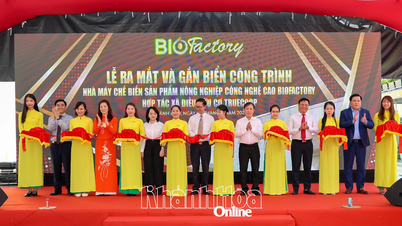


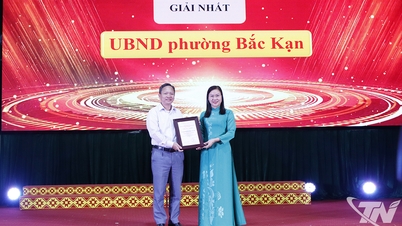
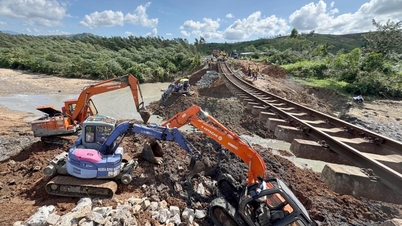

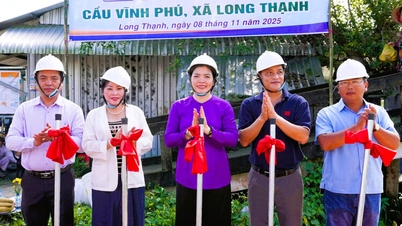












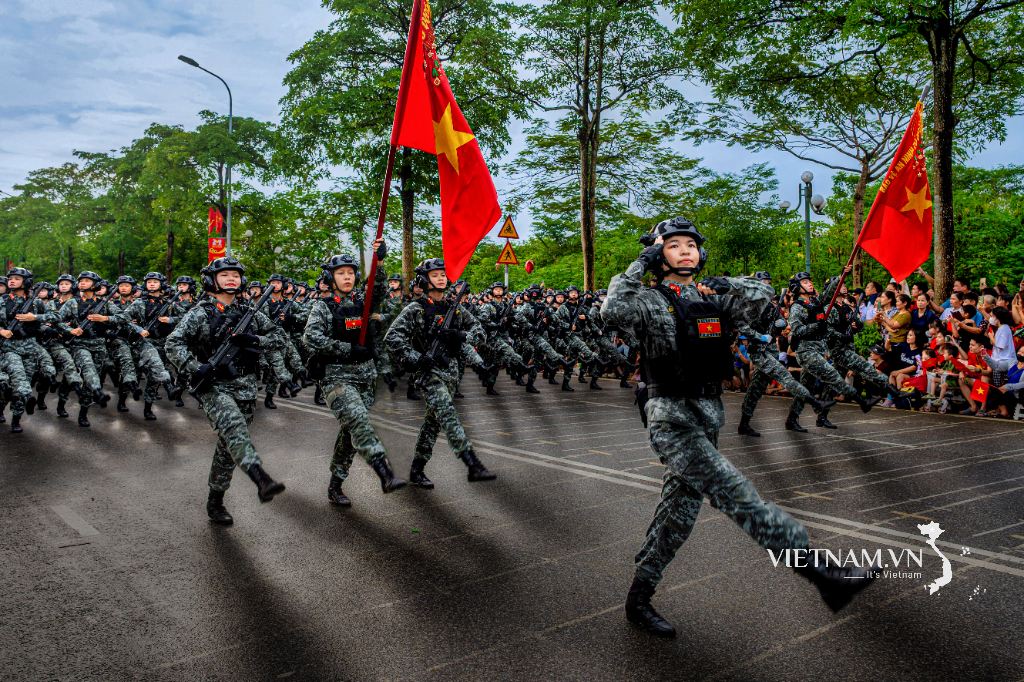

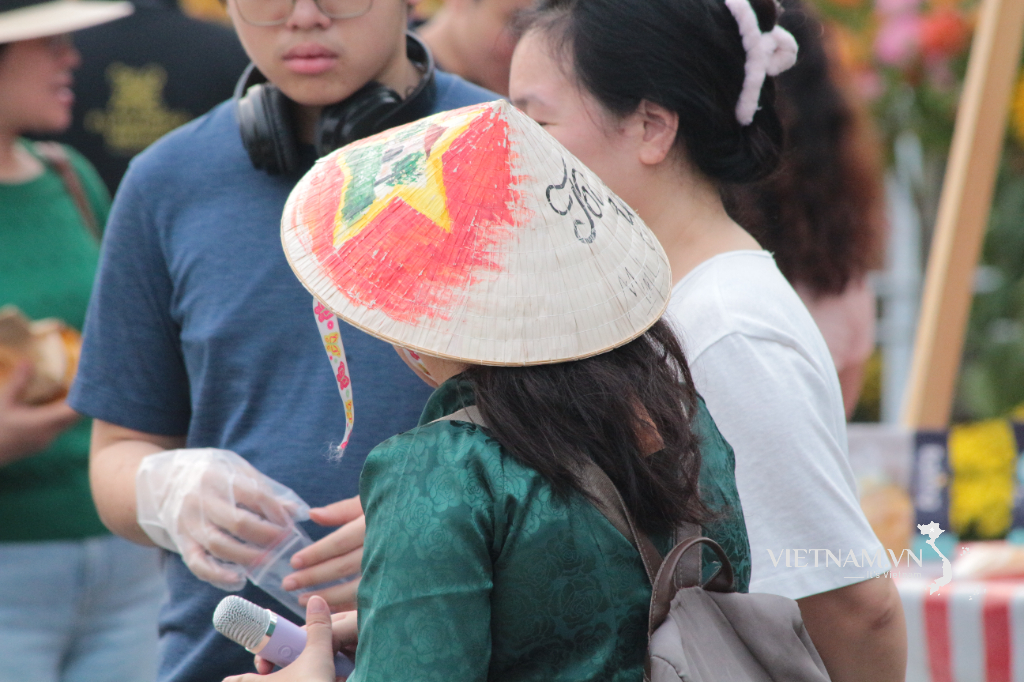

Comment (0)